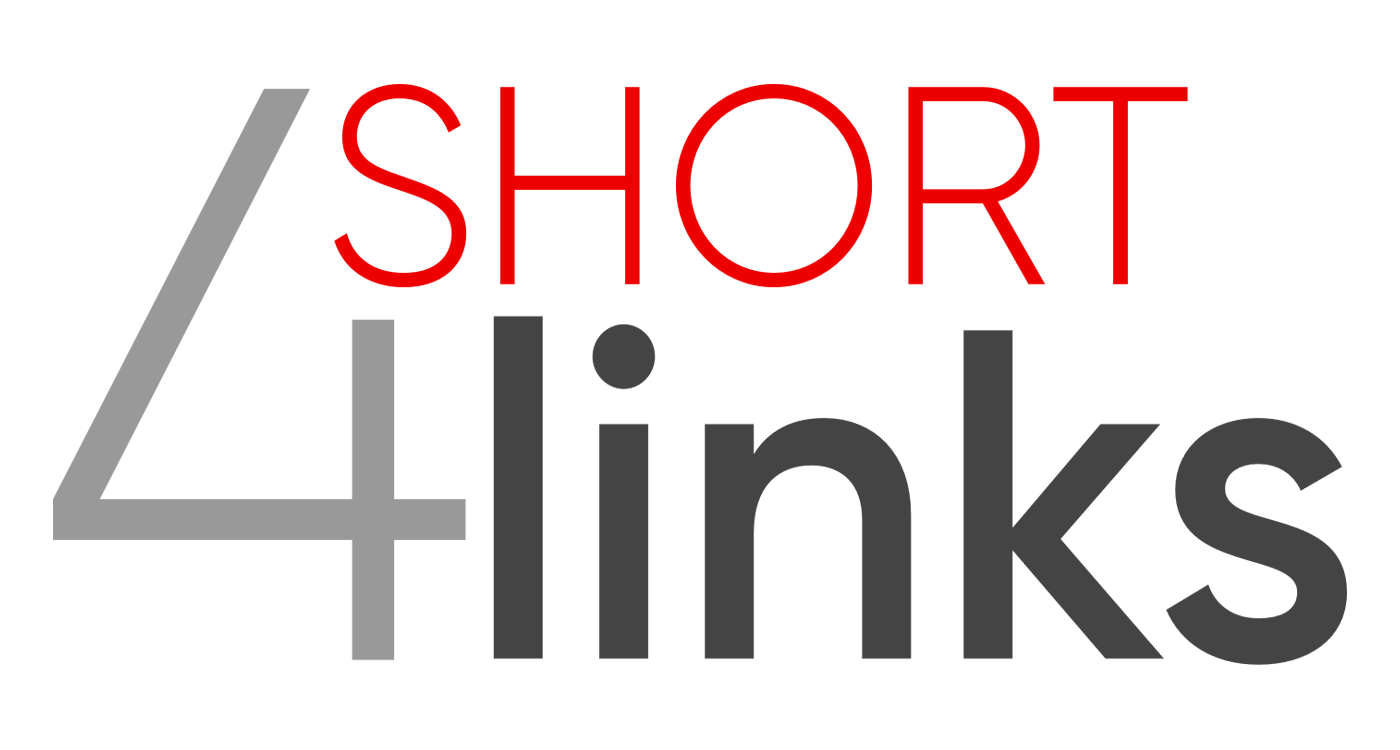Four short links: 16 January 2020
Zero Trust, Safeguarding Elections, Design Heuristics, and Image/Container Analysis

- Zero Trust Architecture Principles — Ten principles to help you design and deploy a zero trust architecture. They are: know your architecture; create a single strong user identity; create a strong device identity; authenticate everywhere; know the health of your devices and services; focus your monitoring on devices and services; set policies according to the value of services or data; control access to your services and data; don’t trust the network, including the local network; choose services designed for zero trust.
- Ten Things Technology Platforms Can Do To Safeguard The 2020 US Election — (and everyone else’s elections, you bumptious yokels). They’re all good suggestions. Google, Twitter, and Facebook do not share common language or definitions for political ads—the primary social media companies should agree on a common, broad set of definitions for political ads and adopt them across platforms. Seems like “the limits of free speech online” is an issue without a widely agreed success condition, making it unsuited to the competing-and-changing nature of free enterprise, which thrives better in “sell more widgets / make more money” types of clear-cut goals. If there’ll never be a market-led solution, citizens should direct suggestions like this post to their government rather than to the companies themselves.
- Evidence-based Design Heuristics for Idea Generation — Observations go beyond products to consider multiple concepts generated for a given problem.
- Terrier — an image and container analysis tool that can be used to scan images and containers to identify and verify the presence of specific files according to their hashes.
